Carrie Mae Weems is a renowned American artist known for her thought-provoking works that explore issues of race, gender, and identity. One of her most iconic and influential series is the Kitchen Table Series, which she created in the early 1990s. This series of photographs tells a powerful and intimate story of a black woman's life through the lens of the kitchen table. Let's take a closer look at this groundbreaking series and its impact on the art world.Introduction to Carrie Mae Weems and Her Kitchen Table Series
Weems drew inspiration for the Kitchen Table Series from her own experiences and observations. Growing up, she spent a lot of time in the kitchen, which was the center of her family's home and a place of gathering, conversation, and sustenance. She also noticed that the kitchen was often the place where her mother and other women in her community would have deep discussions about important issues. "I grew up in a household where the kitchen was the center of our lives. It was the place where we came together, talked, argued, laughed, and cried. It was also a place where we had very serious conversations about politics, race, and relationships," Weems explained in an interview.The Inspiration Behind the Kitchen Table Series
Through the Kitchen Table Series, Weems explores the complex themes of family, race, and gender. The series follows the story of a woman, who is played by Weems herself, as she navigates through different stages of her life – from young adulthood to motherhood and beyond. The woman is shown in various domestic settings, from the kitchen to the dining table, reflecting on her experiences as a black woman in America. The series challenges traditional notions of family and domesticity, as well as the societal expectations and stereotypes imposed on black women. Weems uses the kitchen table as a symbol for these issues, as it is a space where women are often confined to traditional roles and responsibilities.The Themes of Family, Race, and Gender in the Kitchen Table Series
What sets the Kitchen Table Series apart from other photography series is Weems' use of both images and text. Each photograph is accompanied by a short narrative, providing context and insight into the woman's thoughts and experiences. The text adds another layer to the images, making them more powerful and thought-provoking. "I wanted to be able to tell a story – to tell a complex story, to be able to hold a narrative in my hand, to be able to make paragraphs, to be able to make sentences that were complex, that had subtext, that had a kind of tension," Weems explained in an interview.Weems' Use of Photography and Text in the Kitchen Table Series
When the Kitchen Table Series was first exhibited in the 1990s, it received critical acclaim and catapulted Weems to international recognition. The series challenged the male-dominated art world and brought attention to issues of race and gender that were often overlooked in mainstream art. It also inspired a new generation of artists to use their work as a platform for social commentary and change. The Kitchen Table Series continues to be relevant and influential today, and it is recognized as a groundbreaking and timeless body of work.The Impact of the Kitchen Table Series on the Art World
The Kitchen Table Series by Carrie Mae Weems is a masterpiece that has stood the test of time. Through her powerful and intimate photographs, Weems challenges societal norms and expectations, and gives a voice to the experiences of black women. With its thought-provoking themes and innovative use of photography and text, the series has made a lasting impact on the art world and will continue to inspire and provoke for years to come.Conclusion: Carrie Mae Weems' Kitchen Table Series as a Masterpiece
<h2>Introduction to Carrie Mae Weems and Her Kitchen Table Series</h2> <p>Carrie Mae Weems is a renowned American artist known for her thought-provoking works that explore issues of race, gender, and identity. One of her most iconic and influential series is the Kitchen Table Series, which she created in the early 1990s. This series of photographs tells a powerful and intimate story of a black woman's life through the lens of the kitchen table. Let's take a closer look at this groundbreaking series and its impact on the art world.</p> <h2>The Inspiration Behind the Kitchen Table Series</h2> <p>Weems drew inspiration for the Kitchen Table Series from her own experiences and observations. Growing up, she spent a lot of time in the kitchen, which was the center of her family's home and a place of gathering, conversation, and sustenance. She also noticed that the kitchen was often the place where her mother and other women in her community would have deep discussions about important issues.</p> <p><i>"I grew up in a household where the kitchen was the center of our lives. It was the place where we came together, talked, argued, laughed, and cried. It was also a place where we had very serious conversations about politics, race, and relationships,"</i> Weems explained in an interview.</p> <h2>The Themes of Family, Race, and Gender in the Kitchen Table Series</h2> <p>Through the Kitchen Table Series, Weems explores the complex themes of family, race, and gender. The series follows the story of a woman, who is played by Weems herself, as she navigates through different stages of her life – from young adulthood to motherhood and beyond. The woman is shown in various domestic settings, from the kitchen to the dining table, reflecting on her experiences as a black woman in America.</p> <p><b>The series challenges traditional notions of family and domesticity, as well as the societal expectations and stereotypes imposed on black women.</b> Weems uses the kitchen table as a symbol for these issues, as it is a space where women are often confined to traditional roles and responsibilities.</p> <h2>Weems' Use of Photography and Text in the Kitchen Table Series</h2> <p>What sets the Kitchen Table Series apart from other photography series is Weems' use of both images and text. Each photograph is accompanied by a short narrative, providing context and insight into the woman's thoughts and experiences. The text adds another layer to the images, making them more powerful and thought-provoking.</p> <p><i>"I wanted to be able to tell a story – to tell a complex story, to be able to hold a narrative in my hand, to be able to make paragraphs, to be able to make sentences that were complex, that had subtext, that had a kind of tension,"</i> Weems explained in an interview.</p> <h2>The Impact of the Kitchen Table Series on the Art World</h2> <p>When the Kitchen Table Series was first exhibited in the 1990s, it received critical acclaim and catapulted Weems to international recognition. The series challenged the male-dominated art world and brought attention to issues of race and gender that were often overlooked in mainstream art. It also inspired a new generation of artists to use their work as a platform for social commentary and change.</p> <p><b>The Kitchen Table Series continues to be relevant and influential today, and it is recognized as a groundbreaking and timeless body of work.</b></p> <h2>Conclusion: Carrie Mae Weems' Kitchen Table Series as a Masterpiece</h2> <p>The Kitchen Table Series by Carrie Mae Weems is a masterpiece that has stood the test of time. Through her powerful and intimate photographs, Weems challenges societal norms and expectations, and gives a voice to the experiences of black women. With its thought-provoking themes and innovative use of photography and text, the series has made a lasting impact on the art world and will continue to inspire and provoke for years to come.</p> <h2>HTML Code for the Content</h2> <p><h2>Introduction to Carrie Mae Weems and Her Kitchen Table Series</h2></p> <p><p>Carrie Mae Weems is a renowned American artist known for her thought-provoking works that explore issues of race, gender, and identity. One of her most iconic and influential series is the Kitchen Table Series, which she created in the early 1990s. This series of photographs tells a powerful and intimate story of a black woman's life through the lens of the kitchen table. Let's take a closer look at this groundbreaking series and its impact on the art world.</p></p> <p><h2>The Inspiration Behind the Kitchen Table Series</h2></p> <p><p>Weems drew inspiration for the Kitchen Table Series from her own experiences and observations. Growing up, she spent a lot of time in the kitchen, which was the center of her family's home and a place of gathering, conversation, and sustenance. She also noticed that the kitchen was often the place where her mother and other women in her community would have deep discussions about important issues.</p></p> <p><p><i>"I grew up in a household where the kitchen was the center of our lives. It was the place where we came together, talked, argued, laughed, and cried. It was also a place where we had very serious conversations about politics, race, and relationships,"</i> Weems explained in an interview.</p></p> <p><h2>The Themes of Family, Race, and Gender in the Kitchen Table Series</h2></p> <p><p>Through the Kitchen Table Series, Weems explores the complex themes of family, race, and gender. The series follows the story of a woman, who is played by Weems herself, as she navigates through different stages of her life – from young adulthood to motherhood and beyond. The woman is shown in various domestic settings, from the kitchen to the dining table, reflecting on her experiences as a black woman in America.</p></p> <p><p><b>The series challenges traditional notions of family and domesticity, as well as the societal expectations and stereotypes imposed on black women.</b> Weems uses the kitchen table as a symbol for these issues, as it is a space where women are often confined to traditional roles and responsibilities.</p></p> <p><h2>Weems' Use of Photography and Text in the Kitchen Table Series</h2></p> <p><p>What sets the Kitchen Table Series apart from other photography series is Weems' use of both images and text. Each photograph is accompanied by a short narrative, providing context and insight into the woman's thoughts and experiences. The text adds another layer to the images, making them more powerful and thought-provoking.</p></p> <p><p><i>"I wanted to be able to tell a story – to tell a complex story, to be able to hold a narrative in my hand, to be able to make paragraphs, to be able to make sentences that were complex, that had subtext, that had a kind of tension,"</i> Weems explained in an interview.</p></p> <p><h2>The Impact of the Kitchen Table Series on the Art World</h2></p> <p><p>When the Kitchen Table Series was first exhibited in the 1990s, it received critical acclaim and catapulted Weems to international recognition. The series challenged the male-dominated art world and brought attention to issues of race and gender that were often overlooked in mainstream art. It also inspired a new generation of artists to use their work as a platform for social commentary and change.</p></p>HTML Code for the Content
The Kitchen Table Series by Carrie Weems: A Reflection of Everyday Life and Identity

Exploring the Intersection of Race, Gender, and Class
 Carrie Weems, a renowned American artist, has captivated audiences with her thought-provoking and powerful
kitchen table series
. This series, which began in 1990, features a collection of photographs that depict a woman, presumably the artist herself, sitting at a kitchen table in various settings. These images capture intimate moments of daily life, but also convey deeper messages about
identity, race, gender, and class
. Through her art, Weems brings attention to societal issues and challenges viewers to confront their own biases and perceptions.
Carrie Weems, a renowned American artist, has captivated audiences with her thought-provoking and powerful
kitchen table series
. This series, which began in 1990, features a collection of photographs that depict a woman, presumably the artist herself, sitting at a kitchen table in various settings. These images capture intimate moments of daily life, but also convey deeper messages about
identity, race, gender, and class
. Through her art, Weems brings attention to societal issues and challenges viewers to confront their own biases and perceptions.
The Symbolism of the Kitchen Table
 The kitchen table is a symbol of the heart of the home, a place where families and friends gather to share meals, stories, and experiences. It is a space that holds immense cultural and personal significance. In the
kitchen table series
, Weems uses this familiar setting to address complex and often uncomfortable topics. By placing her subjects at the kitchen table, she invites viewers into their personal and intimate spaces, creating a sense of closeness and familiarity. This allows for a deeper connection with the subjects and their stories.
The kitchen table is a symbol of the heart of the home, a place where families and friends gather to share meals, stories, and experiences. It is a space that holds immense cultural and personal significance. In the
kitchen table series
, Weems uses this familiar setting to address complex and often uncomfortable topics. By placing her subjects at the kitchen table, she invites viewers into their personal and intimate spaces, creating a sense of closeness and familiarity. This allows for a deeper connection with the subjects and their stories.
Exploring Identity and Everyday Life
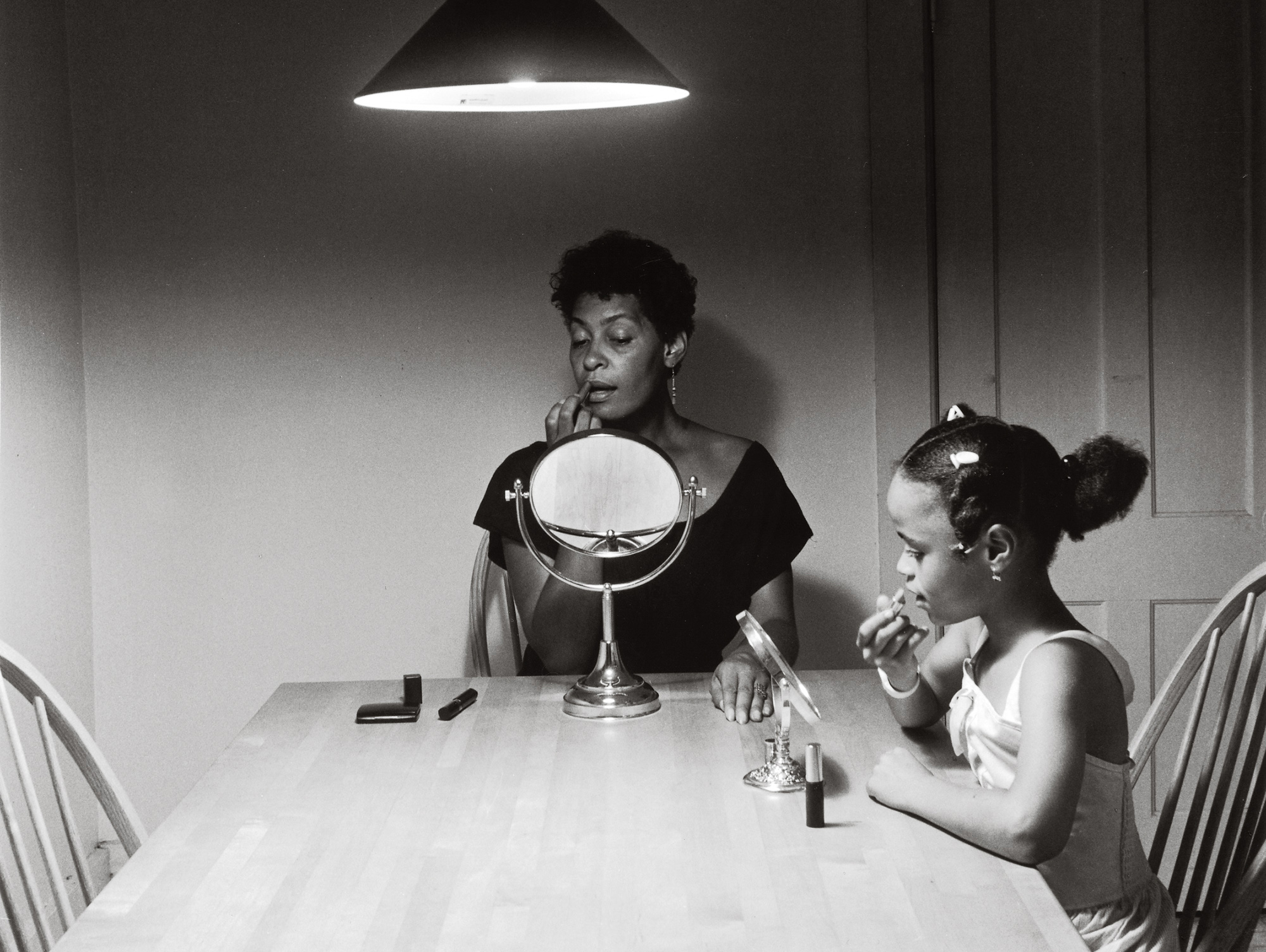 Weems' work challenges traditional notions of identity and beauty. In the
kitchen table series
, she presents a black woman as the main subject, challenging the dominant representation of whiteness in art. Through this, she subverts the idea of a universal experience and highlights the complexities of identity. Weems also explores the mundane moments of everyday life, showing that even in the most ordinary tasks, there is a deeper story to be told.
Weems' work challenges traditional notions of identity and beauty. In the
kitchen table series
, she presents a black woman as the main subject, challenging the dominant representation of whiteness in art. Through this, she subverts the idea of a universal experience and highlights the complexities of identity. Weems also explores the mundane moments of everyday life, showing that even in the most ordinary tasks, there is a deeper story to be told.
Confronting Social Issues
 In addition to identity, Weems' work also addresses social issues such as race, gender, and class. By featuring a black woman in domestic spaces, she challenges societal norms and stereotypes. She also includes text in her photographs, adding layers of meaning and commentary on these issues. Weems' art serves as a powerful tool for sparking conversations and promoting social change.
In addition to identity, Weems' work also addresses social issues such as race, gender, and class. By featuring a black woman in domestic spaces, she challenges societal norms and stereotypes. She also includes text in her photographs, adding layers of meaning and commentary on these issues. Weems' art serves as a powerful tool for sparking conversations and promoting social change.
Bringing Art into the Home
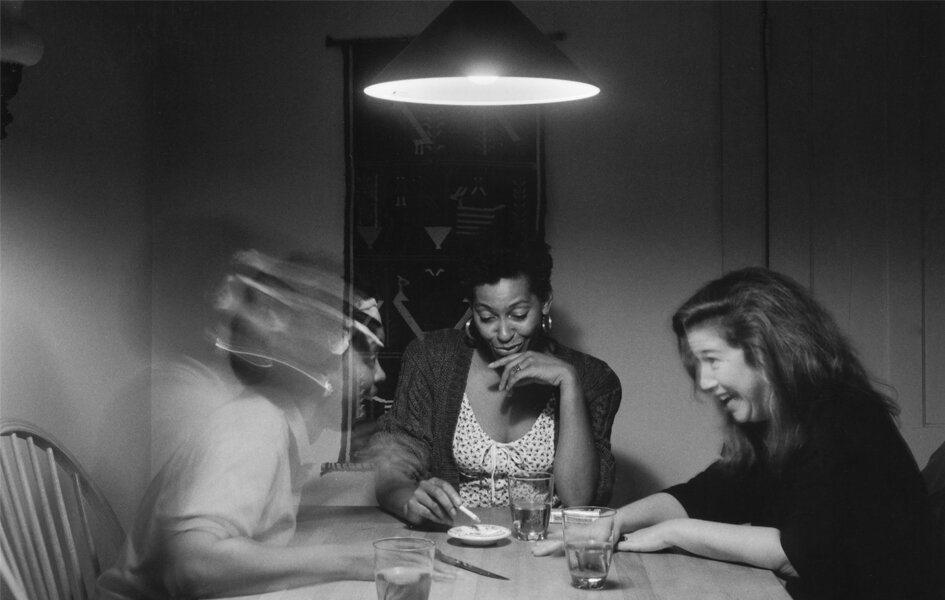 The
kitchen table series
is not only a powerful statement on societal issues, but also a reminder that art can and should be a part of everyday life. By featuring domestic spaces and everyday activities, Weems brings art into the home and makes it accessible to all. Her work serves as a reminder that art has the power to challenge, inspire, and connect us.
The
kitchen table series
is not only a powerful statement on societal issues, but also a reminder that art can and should be a part of everyday life. By featuring domestic spaces and everyday activities, Weems brings art into the home and makes it accessible to all. Her work serves as a reminder that art has the power to challenge, inspire, and connect us.
In Conclusion
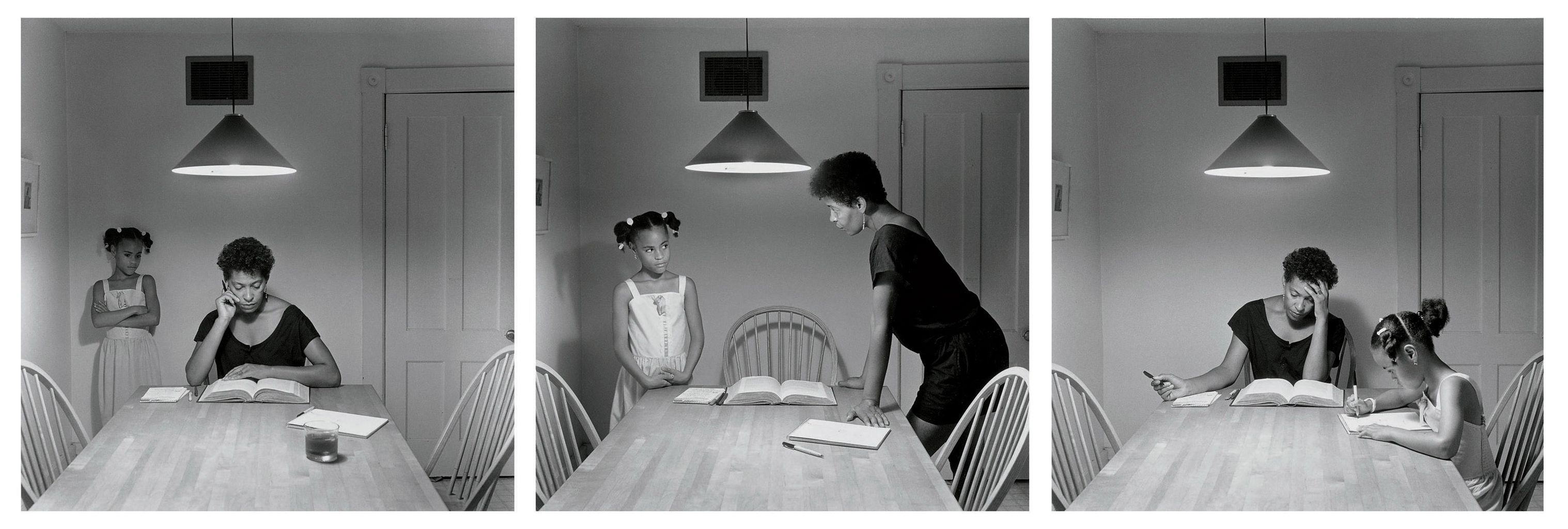 The
kitchen table series
by Carrie Weems is a testament to the power of art to reflect and shape our understanding of identity and society. Through her intimate and thought-provoking images, Weems invites viewers to confront their perceptions and engage in important conversations. Her work serves as a reminder that art has the ability to transcend boundaries and bring people together.
The
kitchen table series
by Carrie Weems is a testament to the power of art to reflect and shape our understanding of identity and society. Through her intimate and thought-provoking images, Weems invites viewers to confront their perceptions and engage in important conversations. Her work serves as a reminder that art has the ability to transcend boundaries and bring people together.



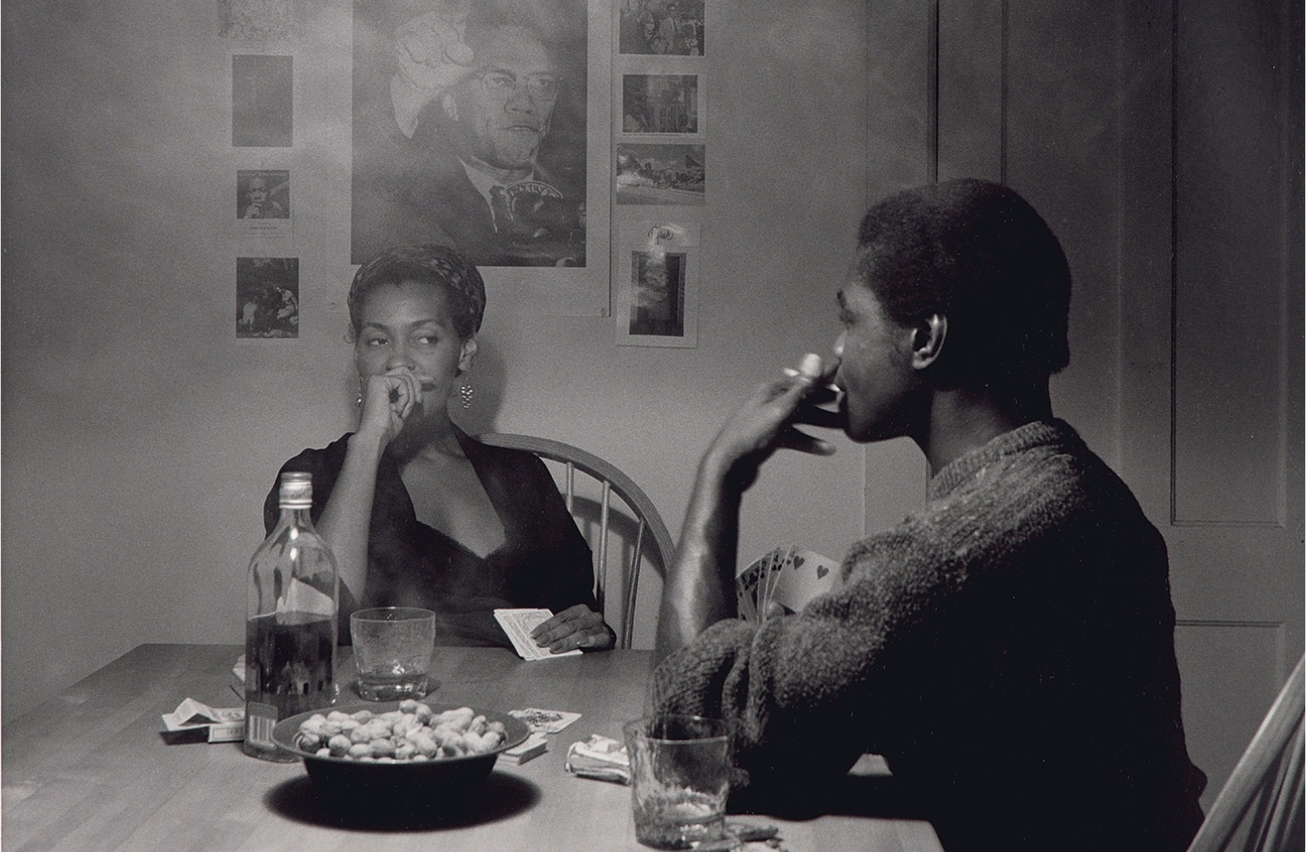

.jpg?w=400)

.jpg)
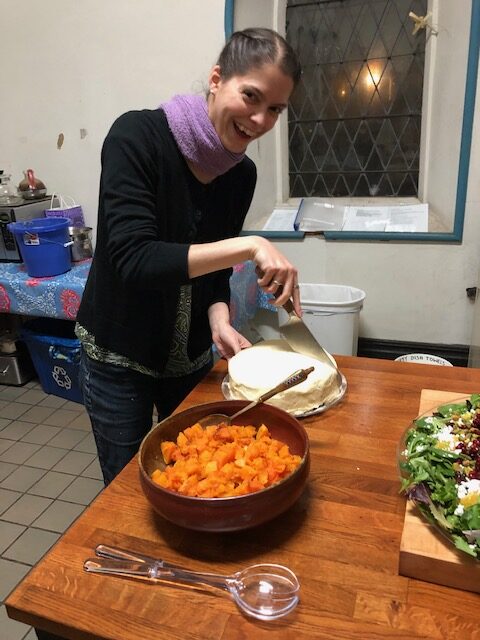



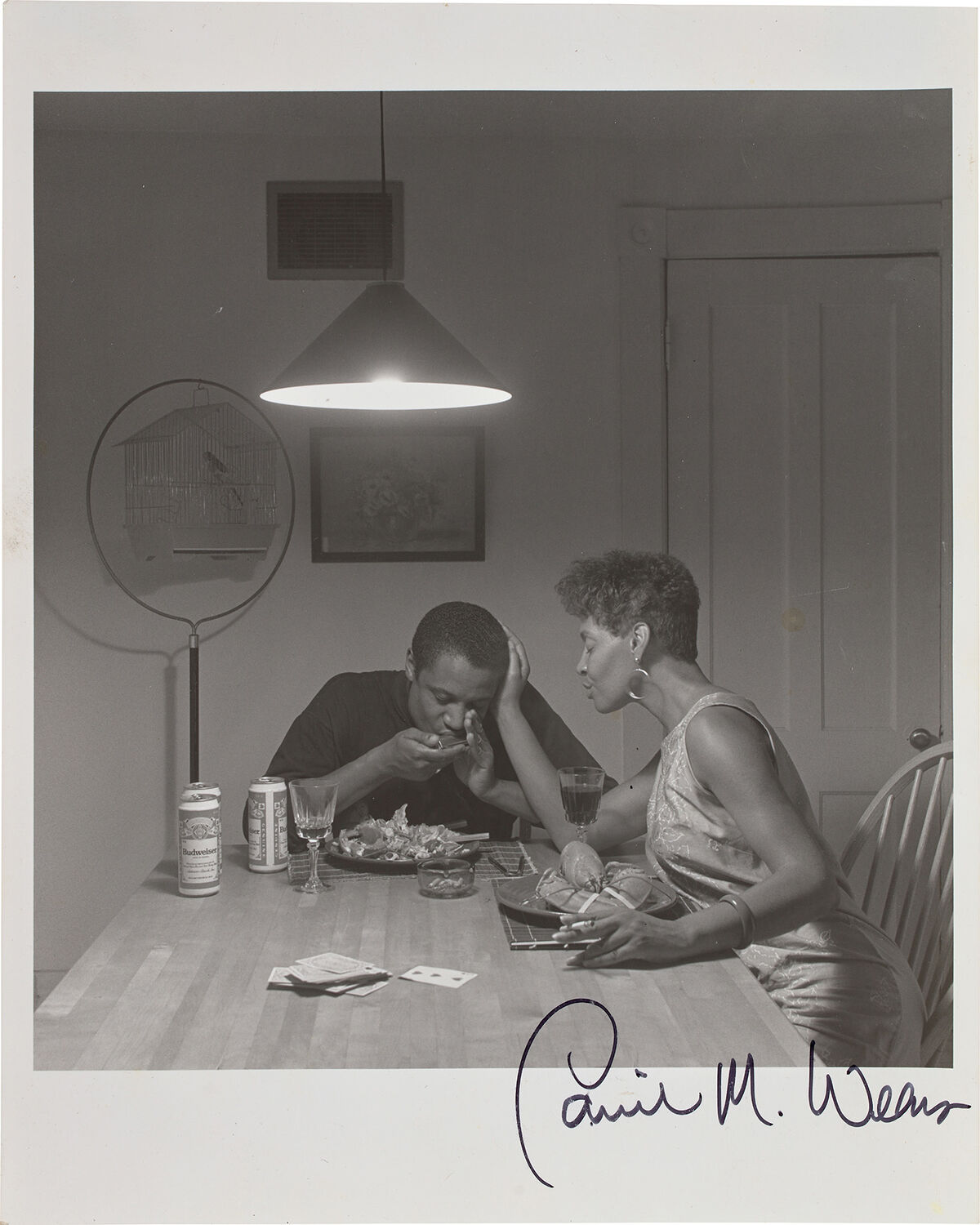







/best-kitchen-faucets-tout-FT-AFF0922-2000-c2b1a61721d8494ab3c2100d2771bd91.jpg)


